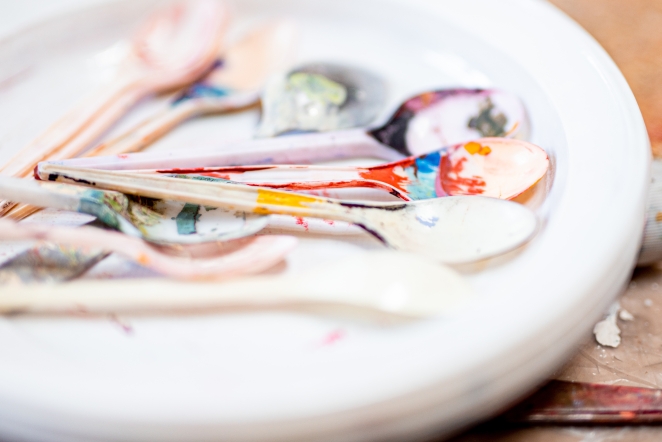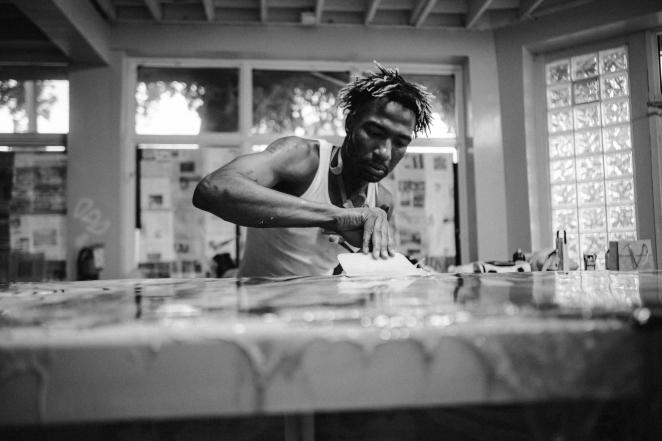Since the pandemic, our lives have completely changed, with remote learning and remote working much more common. But what does this do to our creative juices?
Expanding on the knowledge and know-how design students and those working in design may need, Cavell Ord-Shrimpton, academic leader at the School of Design at Arden University explores the tools designers require to ensure their creative mindset flourishes, whether they are working remotely or in person.
Creativity, essentially, is one of the cognitive functions that allow everyone to be flexible in new environments and to find solutions in unexpected situations.
For some, creating from home may stifle creativity and hinder collaboration, but others say the open office - with all its distractions - is a creativity killer and working from home allows a different kind of creativity to shine as many artists are assumed introverts at heart. New ideas come from an origin, no two seeds grow well in the same spot of earth, it makes sense to spread out -- to try things away from the hive mind.
Last year an interesting study revealed there was an overall increase in creativity during the first lockdown. This positive change could be linked to people having more free time and feeling more motivated to perhaps get in touch with their creative hobbies or find something else to do - such as solve a problem - to stimulate their minds.

The change in circumstances pushed for a more creative mindset. This extended further than the banana bread baking moment; some people learnt new skills or found new ways to relax or release any anxieties, such as painting or upcycling furniture.
We are aware of the benefits different stimulation and environments can offer. If you have writer’s block, for example, going for a walk can help clear your mind and get creativity flowing again. If you are struggling to finish your art design, searching for different perspectives can help open up ideas for creation.
For some people, the lack of external stimulation and being somewhat “trapped” in the same environment and not being able to explore to get their creative juices flowing, hinders their progress.

There are solutions in working in social apps like Miro, or using Facetime, Teams and Zoom to get group feedback, and these exist in both WFH and office environments, and it is up to the employer/employee to decide where particular comfort zones maximise ROI.
Research has shown that anxiety-free time spent in solitude can allow for, and foster, creative thinking and work, and it makes sense - it shows why a walk, a short conversation or the commute home may spark creativity: it puts a hold on impending deadlines and stress. This, therefore, means that remote working could also help creativity just as much as going into the office may help.
Whether a designer’s creative juices flow better in isolation at home or next to their team in the office, there are some effective design thinking principles they can implement to ensure they use their capacity to create and design as effectively as possible.

Design thinking is an approach used for practical and creative problem-solving. The core design principles are: empathy - the ability to empathise with those who are having the issue to improve understanding; define - collaboration helps to embrace different perspectives and ideas; ideation - creating new ‘out of the box’ ideas must occur in a judgement-free zone; experimentation - testing and experimenting with the ideas created to understand shortcomings and strengths; and action - turning ideas into real prototypes and tackling issues head-on.
This approach allows designers to not only create a human-centred solution, but it also allows them to quickly learn and obtain new understandings and resolutions to the problems they face throughout their design creation process. These steps appear to be chronological, but it doesn’t actually have to follow a strictly linear process.
It is, however, an extremely user-centric approach. This is ideal for those working in design who may get stuck in the depths of being creative as opposed to what it may mean for the target audience.

The core design thinking principles revolve around a deep interest in developing an understanding of the people you’re creating for - whether you are a writer, graphic designer or product designer. It helps you to observe and develop empathy with the user, allowing you to consider alternative options to any creative block you may experience.
Where a change in environment helps, it doesn’t necessarily mean working in the office is more beneficial to our creativity than remote working. Ensuring a human-centric approach, that pushes collaboration and the opportunity to safely think outside the box and experiment is what really helps our creative juices to flow.






